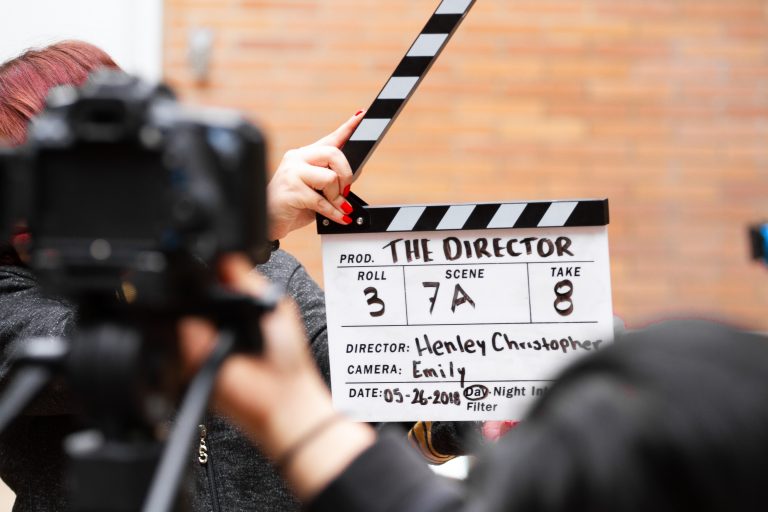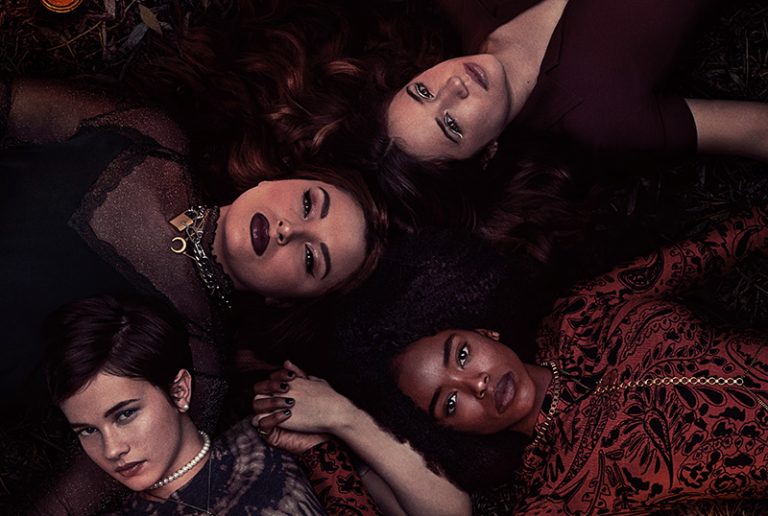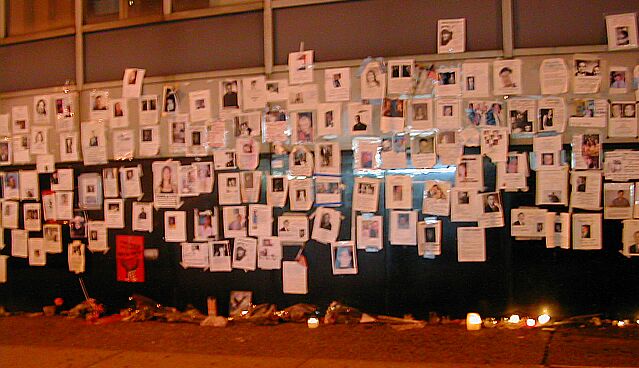Economic Security for Marginalized Communities

Did you know that the American economy is growing and accelerating? However, that does not mean that wealth and financial situations are equal among every community member. This is due to the inequality between marginalized and non-marginalized groups.
What does systematically marginalized mean and who does it refer to? Marginalized refers to groups that experience oppression, discrimination, and exclusion causing economic, and political disadvantages (Addressing Financial Inclusion for Marginalized Communities in the United States, Kiva).
According to the Keys to America’s Economic Growth are in Low-Income and Marginalized Communities (Hanson, Abare 2017), to bring economic potential and security to these marginalized groups there needs to be support for people who face societal barriers, and provide solid services to those who need it, bringing support and encouragement.
In fact, a percentage of marginalized communities struggle with housing: 21% of African Americans and 12% of white households. In addition, this is likely due to them not being able to find stable and well-paid jobs. For instance, a marginalized group like those with disabilities are more likely to have a tougher time finding employment. The unemployment rate for those with disabilities is approximately 7% according to Marginalized Communities: Addressing Inequality and Fostering Inclusion for All (Ricee 2022). This percentage is partially due to fear of not getting employed, and because people with disabilities are not getting reasonable accommodations.
Jamie Strayer, executive producer and Creator of Opportunity Knocks shares insight on the perspective of economic security on marginalized communities. She says, “To overcome those unique barriers, like, in my mind, everyone should know that CDFIs exist and can change their lives by saving them hundreds of dollars a month by getting them out of predatory loans, whether it be a predatory car loan or a payday loan and even access to first-time mortgages that they would never think they were eligible for.” She argues the importance of introducing marginalized communities to non-profits that can help save money, stress, and overall well-being.
However, Strayer then goes on to say that people living on survival budgets are cautious of institutions because they feel like the system is rigged. The system consists of working a job, and then getting paid so that individuals and families can pay their mortgage and put food on the table. Financial institutions are listing complex budgeting techniques. This is disencouraging for marginalized communities because it can be hard to follow, and they may not agree with the recommendations given. There needs to be more awareness of CDFIs and education on simple ways to manage money.
The first step in helping those who need financial and socioeconomic help is to encourage finding like minded individuals who can put them on the right path with their budgeting. When they need help with childcare, healthcare, transportation, and utilities, all of these aspects need to be taken care of (such as handing out a loan) before they can begin standing on their feet.
A nonprofit called Kiva gives increased financial resources to those who need a better credit score, and need improvement on their financial situation. This is often due to predatory loans, reducing your car payment, transportation, buying a car without a predatory loan, and getting emergency money to fix a car.
Strayer made her own company called Opportunity Knocks. A team of her, director of veteran reality producer Brian Spohr, and an incredible grant from the Wells Fargo foundation created a reality show so that people could see with their own eyes that help exists and they could see themselves in it. She says, “There’s a diversity of families in it each season. LGBTQ, African American, Hispanic, White, different income levels, and we have shown values, including. People living on survival budgets are afraid of institutions because they feel like the system is rigged. By watching the show and seeing that it’s possible to get ahead, then we can measure the outcomes.”
After speaking with Strayer, she highlights that institutions like nonprofits are pushing everyone to budget, which causes marginalized communities to feel like they are doing something wrong. She gives an example of how financial institutions only advertise people with good credit scores. How would anyone, even those who are not marginalized feel accepted if all they see advertised is a perfect score?.
An article called Are Diversity, Equity, and Inclusion Efforts as Effective as They Are Now by Aidan Wong discusses DEI programs being effective in the workplace. Wong stresses the importance of equity in workplaces, which would allow marginalized communities to feel more accepted in their position no matter the economic stance they are in. Within this article, there is advocacy for eliminating discrimination in the workplace for minorities.
In addition, there is an article written by Tommy Cha about activism for underrepresented communities. There is an emphasis on advocating for marginalized communities, and the issues these communities face economically and socially.
The lower-class are given some leeway when utilizing nonprofit resources. Nonprofits such as Kiva allow communities and give them a helping hand when securing economic stability. This includes assisting with utilities they pay for or also on car and credit car loans. Even if that puts a challenge in their hands, there are over thousands of nonprofits that can help with it.




